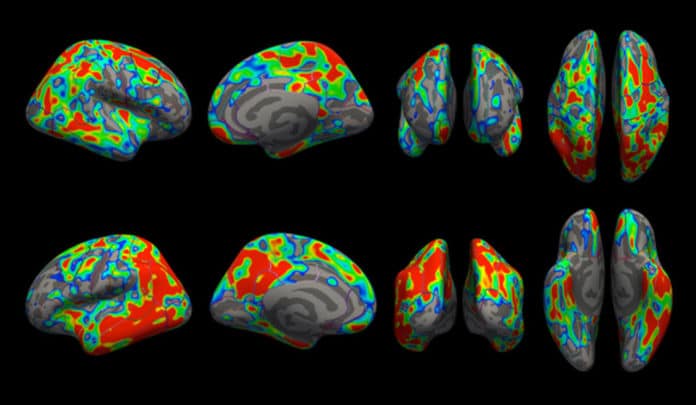Alzheimer’s disease is caused by the toxic build-up of the proteins tau and amyloid in the brain, which causes neuron cells to die. Studies have shown that connections between neuron cells, known as synapses, are disrupted long before the cells begin to die.
In a new study by Yale University, scientists compared the density of synapses in people with early stages of Alzheimer’s with those of people who have no evidence of the disease. Using new imaging technology, they found that the loss of synapses in those with an early stage of Alzheimer’s was particularly high in areas surrounding the hippocampus.
Specifically, scientists used the positron emission tomography (PET) imaging method in their study. The study enabled them to see the widespread loss of brain synapses in the early stages of Alzheimer’s.
Yale’s Adam Mecca, assistant professor of psychiatry and first author of the paper, said, “However, our new methods enable us to detect widespread synaptic losses throughout the brain. This gives us confidence that we may use these results as a biomarker outcome for therapeutic trials, which could help speed the development of new drugs to combat the disease.”
To get a clearer picture of the early effects of Alzheimer’s, scientists imaged a protein found in almost all brain synapses. The new PET scans show the distribution of synaptic damage, a more specific disease pathology present at the early stages of the disease.
Christopher van Dyck, professor of psychiatry, neurology, and neuroscience and senior author of the study, said, “These methods will allow us to examine synaptic loss at still earlier stages of disease — when people have evidence of Alzheimer’s pathogenesis but have not yet manifested symptoms.”
The Yale team recently received a grant to conduct more synaptic imaging and relate synaptic loss to other disease markers for Alzheimer’s, including amyloid and tau accumulation.
This research was conducted in collaboration with the Yale PET Center, directed by Richard Carson and was primarily funded by grants from the National Institute on Aging.
The research was published May 13 in Alzheimer’s & Dementia: The Journal of the Alzheimer’s Association.
